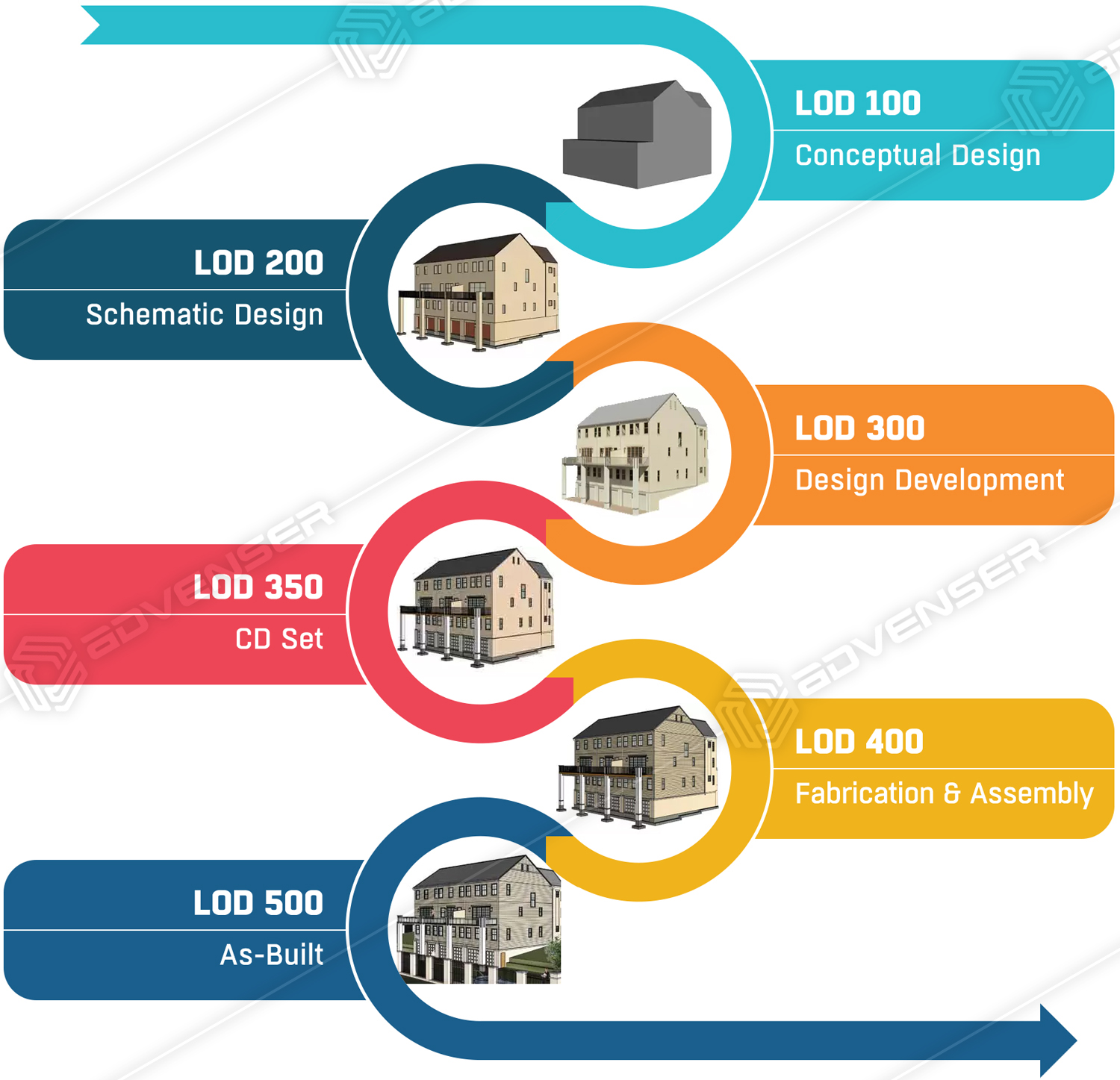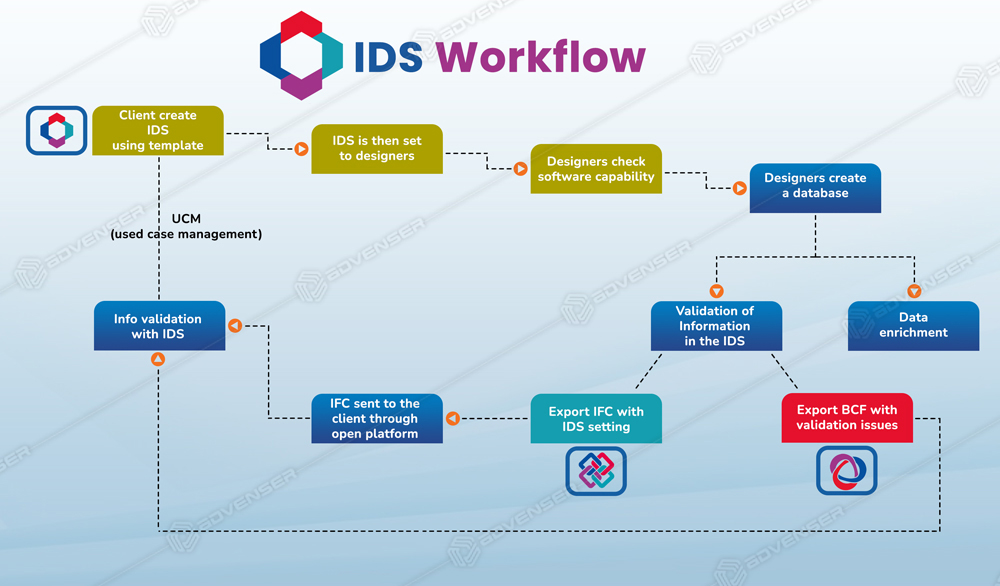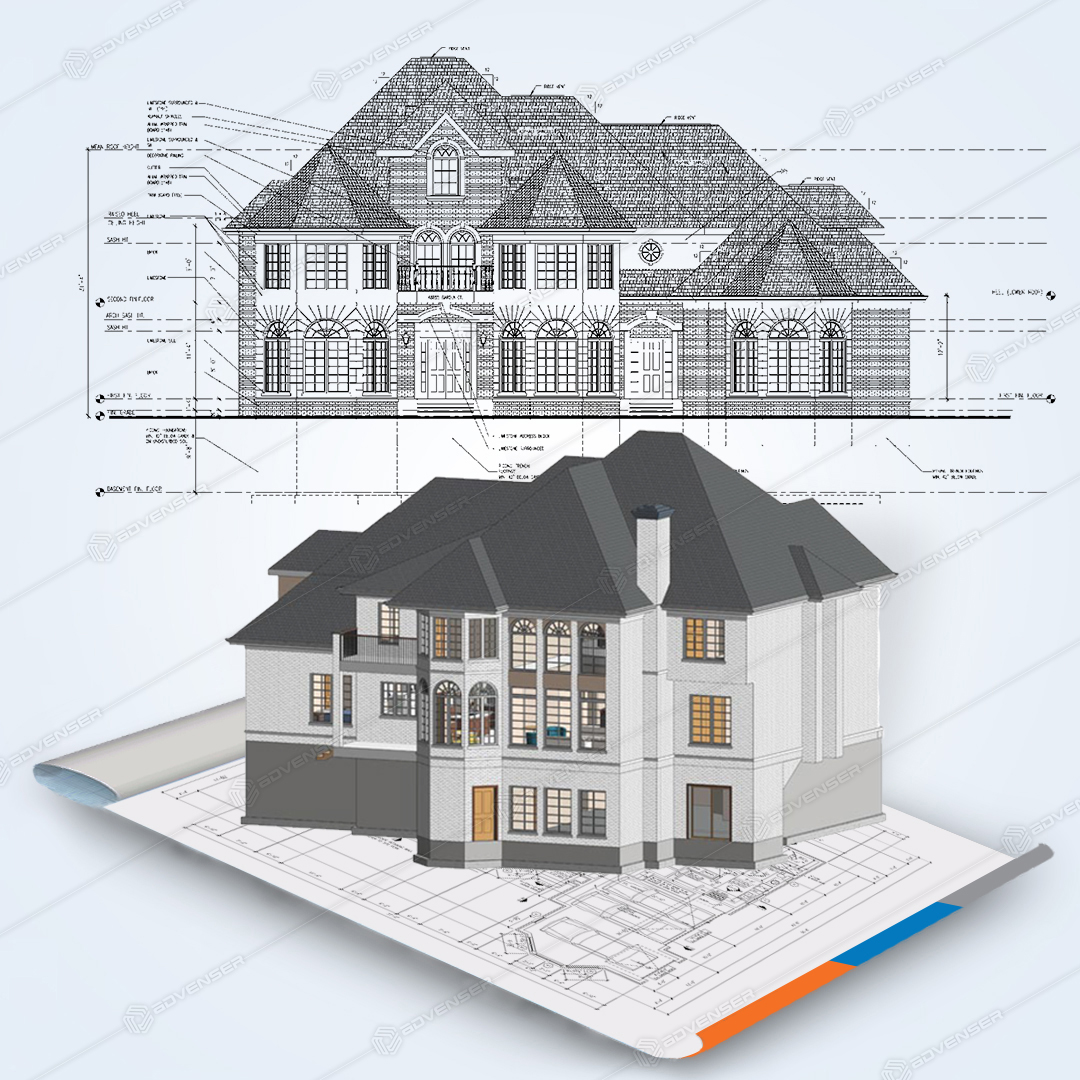A guide to understanding BIM standards: BIM Levels and Global BIM standards.

Introduction to BIM and BIM Standards
Building Information Modeling (BIM) has revolutionized the construction industry by providing a digital representation of a building’s structural and functional elements throughout its design, construction, and operation phases. Its ability to facilitate collaboration, enhance efficiency, and reduce costs throughout a building’s entire lifecycle has made it an essential tool in modern construction projects. BIM is the future of building design and construction, and its use is only expected to grow in the coming years.
Importance of BIM Standards
Why is it crucial for BIM professionals to know about BIM Standards?
Global BIM standards:
ISO 19650 series
The International Organization for Standardization (ISO) has developed a series of standards, including ISO 19650-1 and ISO 19650-2, which provide guidelines for the organization and digitization of information about buildings and civil engineering works. These standards cover the entire lifecycle of a built asset, from inception to demolition.
COBie (Construction Operations Building Information Exchange):
While not a complete standard like ISO, COBie is a format that’s often used to exchange facility management information between design and construction teams. It focuses on delivering a structured set of data and information that supports asset management.
Industry Foundation Classes (IFC)
IFC is an open and neutral data format developed by buildingSMART, an international alliance of professionals in the construction and building industry. IFC facilitates the exchange of BIM data between different software applications and supports interoperability.
BIMForum LOD Specifications
Developed by the BIMForum, an organization within the Associated General Contractors of America (AGC), these specifications define the levels of development (LOD) for BIM elements at different stages of a project. This framework provides guidance on how much detail and information should be included in a BIM model.
UK BIM Framework
The United Kingdom has been a pioneer in BIM implementation. The UK BIM Framework includes documents such as PAS 1192 series, which provides guidance on BIM workflows and information management processes.
Singapore BIM Guide
Singapore has a well-defined BIM e-submission guide that outlines requirements for BIM submissions for construction projects. It includes guidelines for LOD, BIM deliverables, and data exchange.
NBIMS-US (National BIM Standard-United States)
This standard, developed by the National Institute of Building Sciences (NIBS), provides guidelines for information exchange, interoperability, and BIM best practices in the United States.
BIM LOD and other acronyms
LOD, LOI, LOMD, LOIN… what do they all stand for?
LOD: Level of Detail
With both graphical and non-graphical models available at each stage of the process, it combines the two.
The phrase “LOD”, which is popular in the USA, is entirely different from this.
There should never be any confusion between LOD and Level of Development in BIM.
LOI: Level of Information
Describes how non-graphic models are described at each stage.
LOMD (UK term): Level of Model Definition (also referred to as Level of Development within US texts)
It combines graphical “Level of Detail” with non-graphical “Level of Information.”
This concept is crucial when attempting to clear up the majority of AECO industry uncertainties.
Understanding what is truly required to produce, issue, and receive information on project progress from one stage to the next will be made easier by doing this.
As per PAS1192, LOMD = LOD + LOI
LOIN: Level of Information Need
ISO 19650-1 introduced the concept of Level of Information Need or LOIN.
This approach prioritizes the information needed for a design, rather than the object’s characteristics.
By adopting this method, one can avoid the mistake of producing and sharing an excessive quantity of irrelevant data, which is often useless.







